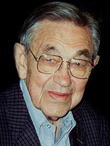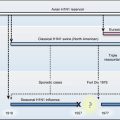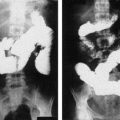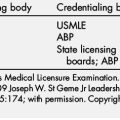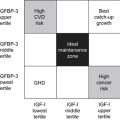Waldo E. Nelson, MD (1898–1997) Giant of Pediatrics
Further Readings
A.M. DiGeorge. Presentation of the Howland Award to Waldo E. Nelson. Pediatr Res. 1972;6:843-847.
J. Garfunkel. In Memoriam, Waldo E. Nelson, 1898–1997. J Pediatr. 1997;130:849.
Waldo E. Nelson MD. Main line life. Ardmore (PA): Penn; 1997.
ObituaryWaldo Nelson. Author of Pediatric Text, New York Times, March 9, 1997. Waldo Nelson, ‘father of pediatrics’, dead at 98. Available at: http://aapnews.aapublications.org Accessed March 9, 1997

